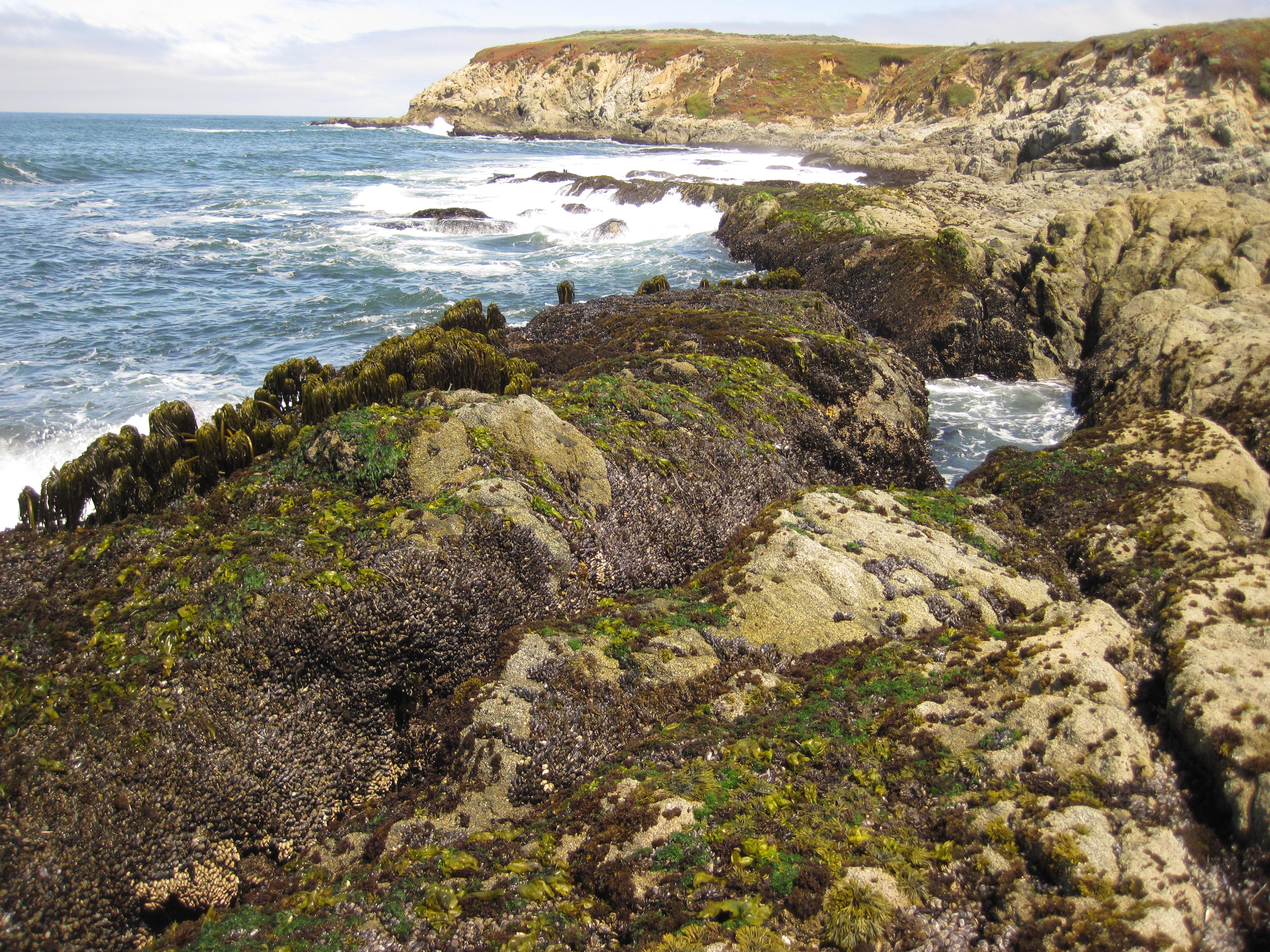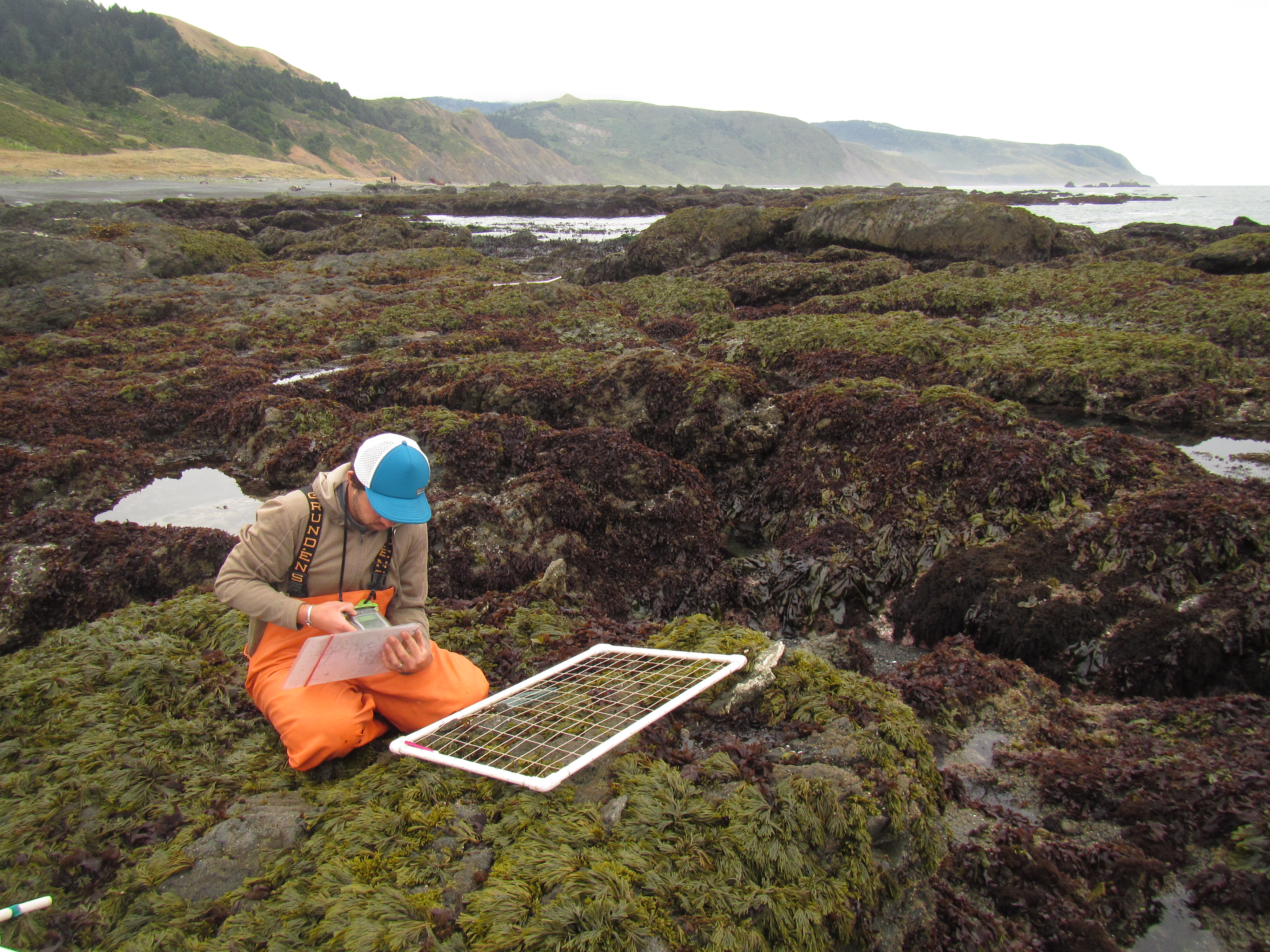California North | MARINe
California’s north coast, stretching from the Oregon border to Point Arena, includes the southern tip of the temperate rainforests of the Pacific Northwest, and is home to many of California’s largest rivers. The region is a mixture of habitat types, including estuaries, bays, rocky headlands, sandy beaches, and mudflats. This broad array of habits supports a number of marine species of value to both commercial and sport fishermen, including Dungeness crab, rockfish and salmon. Historically, logging was a major industry in this region. However, recent changes in the timber economy and pressure to preserve forest land and restore watershed areas have resulted in the downsizing of this once-dominant industry. Lasting impacts of deforestation continue to affect watershed areas, bringing increased levels of sediment to streams, rivers, and ultimately, the coast.

This northernmost region of the California coast is the least densely populated coastal section of the state, thus impacts from visitors to the shoreline are substantially less than in areas to the south. However, the region’s natural beauty and lush coastal forests is a draw for visitors worldwide, thus impacts of overuse are a concern in some of the more easily accessible areas. One unique area of this region is the “Lost Coast”, the largest stretch of coastline in California where highway 1/101 does not follow the coast. While this section of the coast is a favorite among backpackers, the lack of roads is a significant barrier to most visitors, and thus protects coastal marine communities from overuse. Currently under consideration are seven State Marine Reserves, in which all fishing would be prohibited, and seven State Marine Conservation Areas, in which limited commercial or recreational take would be allowed.
Humboldt State University’s marine lab in Trinidad has been a source of numerous intertidal studies. Historical research within the region includes a study on seasonal and successional variation in intertidal community structure conducted at Kibesillah Hill (Kinnetics 1992). MARINe Long-Term monitoring has been done since 2004 and Biodiversity surveys since 2001. Baseline monitoring for newly established Marine Protected Areas began in 2010.

The MARINe sites located within California's North Coast are listed below (arranged north to south):

